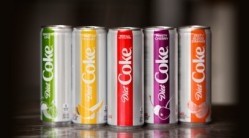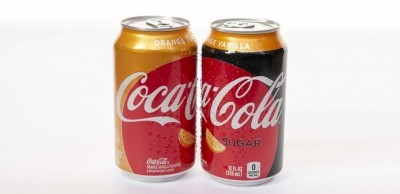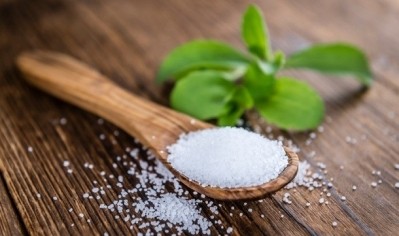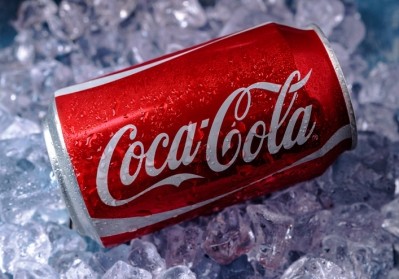Diet Coke returns to growth in North America

Coca-Cola credits the introduction of sleek cans, contemporary packaging and flavor innovations in North America in January as the reason for the turn-around in fortunes for Diet Coke.
Meanwhile, against a backdrop of a challenging market for carbonated soft drinks, trademark Coca-Cola enjoyed 4% volume growth in Q1 2018 globally, fueled by 3% growth in brand Coca-Cola and double-digit growth in Coca-Cola Zero Sugar.
Coca-Cola attributes growth across the Coca-Cola trademark to its ‘one brand’ strategy. Launched in 2015, this strategy seeks to unit all varieties of Coca-Cola in one branding message, while retaining the specific color association for each brand.
Diet delight
Releasing its Q1 2018 results today (three months ending March 30, 2018), Coca-Cola saw net revenues decline 16% to $7.6bn, attributed to the refranchising of bottling territories. Organic revenues grew 5% in the quarter.
Total unit case volume grew 3% with growth across all categories and geographic groups.
Like its counterparts, Coca-Cola has had to address a consumer backlash against carbonated soft drinks, particularly in the Diet category.
While PepsiCo has been trying to address concerns over artificial sweeteners in diet with reformulation, Coca-Cola has kept the recipe for Diet Coke the same. Its move was to ‘re-energize and modernize Diet Coke’ with sleek 12oz cans and new flavors. The cans, which started rolling out in January in the US, draw on cues from Dasani sparkling in terms of shape and size and deliver a ‘cleaner’ look perhaps more often associated with on-trend sparkling water.
There are now four flavors alongside the original Diet Coke in the US: ginger lime, feisty cherry, zesty blood orange and twisted mango.
Coca-Cola now says its move has paid off: seeing a return to growth in North America for Diet Coke over the first quarter of the year.
Coca-Cola Zero Sugar
Meanwhile, Coca-Cola says it is endeavouring to ‘capitalise on its leadership position with sparkling soft drinks’, with a consistent focus on the One Brand Strategy for trademark Coca-Cola. It has been emphasising the choice available under trademark Coca-Cola to address concerns from consumers over sugar, with classic Coca-Cola, Coca-Cola Zero Sugar (sugar free), Diet Coke (sugar-free) and Coca-Cola Life (sweetened with sugar and stevia) all available.
Coca-Cola Zero Sugar (also known as Coca-Cola No Sugar in some markets) has been making its way to shelves across Europe, Latin America, Australia and North America over the last year, as Coca-Cola replaces its Coca-Cola Zero product with a drink that has a taste closer to that of Coca-Cola classic.
This morning Coca-Cola reported that Coca-Cola Zero Sugar has enjoyed double-digit growth over the first quarter of 2018.
Total beverage company
Despite the good news for trademark Coca-Cola, the company continues to emphasise its commitment to a ‘total beverage company’ – one which needs to be bigger than its core brand and seeks to broaden its portfolio across five category clusters: its traditional sparkling portfolio; dairy, juice and plant-based drinks; energy drinks; water and sports drinks; and RTD tea and coffee.
It reported it is expanding its presence in on-trend categories: with the acquisition of the US rights to Topo Chico premium sparkling mineral water in October 2017, and the launch of Fuze Tea across 37 countries in Europe earlier this year.
North America spotlight
Sparkling soft drinks grew 3%, including double-digit growth in Coca-Cola Zero Sugar, along with a return to volume growth for Diet Coke.
Growth in dairy and plant-based beverages but a decline in juice (attributed to the deprioritizing of lower-margin juice drink brands and packaging resizing)
Tea and coffee grew 5%.
Water, enhanced water and sports drinks grew 1%. In particular sparkling water saw strong growth with double-digit growth for smartwater sparkling and Dasani sparkling, in addition to a strong performance of Topo Chico.







